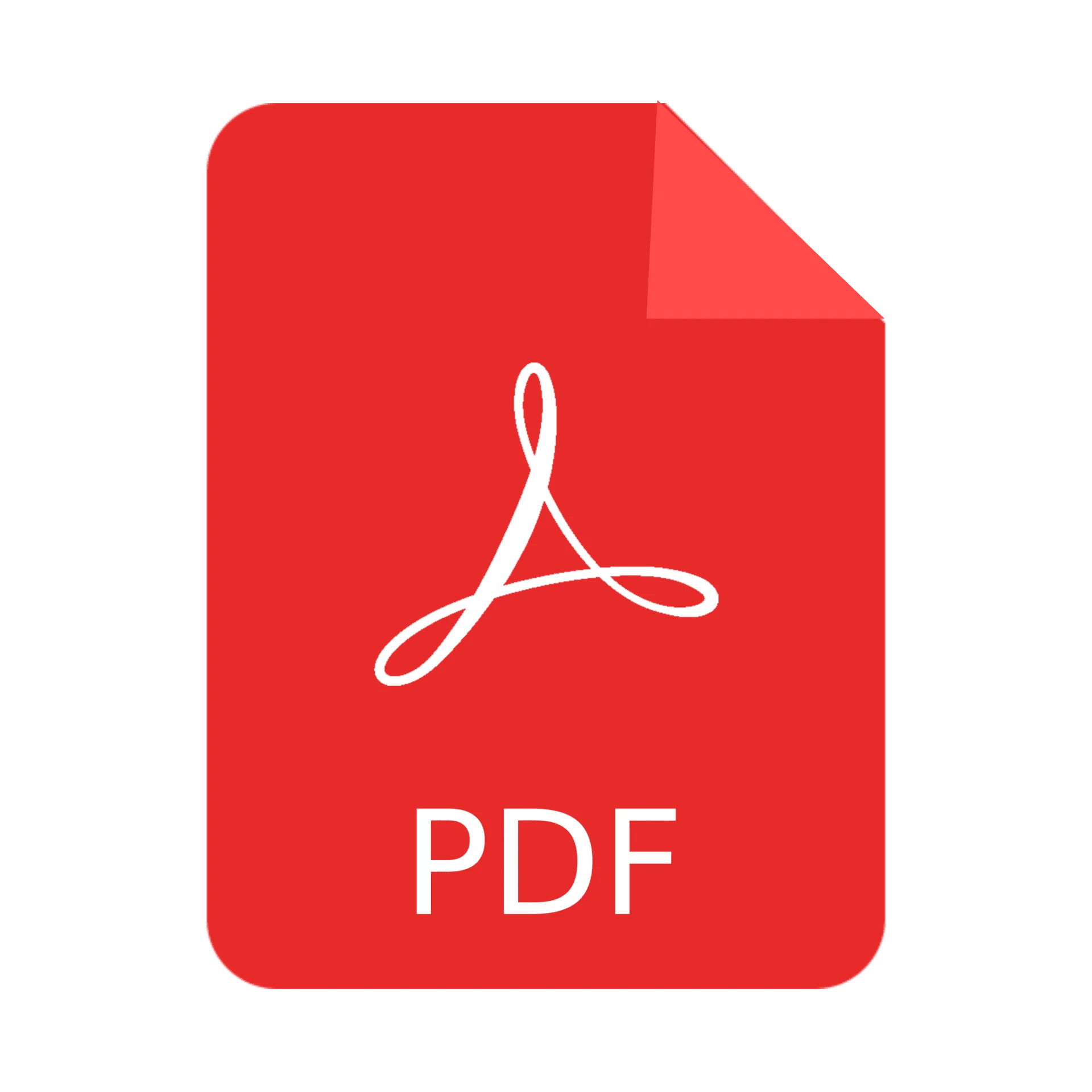
Giving is an important part of church culture. Financial gifts, in particular, are a major part of what keeps a ministry’s lights on and doors open throughout the year.
You want to have offerings flowing each and every Sunday. But the truth is that the end of the year is a critical time of giving. A disproportionate amount of funds are donated during the holiday season.
As your church members look for places to support with financial gifts, you can’t expect them to automatically assume your ministry is an option. You need to give them a clear reason and path to give above and beyond to your ministry.
That’s where a year-end giving campaign can help. This provides structure, direction, and momentum to your fundraising — at least, that’s true if you build your end-of-year giving campaign the right way.
Here is a five-step process to help you make your next year-end fundraising event as successful as possible.
Pro Tip: These are important guidelines and guiding posts. Keep them in mind, but don’t be afraid to tailor them to your church’s unique funding needs as you get ready for next year.
You can’t ask people to give without telling them what they’re giving to. Here are two questions to ask yourself as an easy litmus test to see if your year-end campaign is worth it:
In other words, is there a clear motivation and end game built into your campaign? You don’t want to ask people to donate to something “just because it’s Christmas time” or “because we’ll do really great stuff with it.”
You need to create a year-end giving campaign strategy. The most important part of this strategy is that you want to have clear goals in place.
What are you working toward? How will you spend the money you raise? Why does your congregation care?
Pro Tip: Use the SMART Goal methodology to make sure your fundraising goals are Specific, Measurable, Achievable, Realistic, and Timely.
Ideally, everyone in your congregation will donate to your year-end campaign. However, there are probably a few people who are more likely to give substantial amounts toward the effort. Chances are you have a few names in mind as you read this sentence.
Take the time to single them out. No, don’t get weird about it. Don’t corner them after service or suddenly pay extra attention to them. Instead, engage with target donors in a meaningful and ethical manner. You can do this by:
You want to engage target donors first. This gives you an early base of funding to work with as you prepare your larger campaign. From there, use the results to provide instant momentum for your year-end giving efforts.
Pro Tip: Work with these earlier donations to create bonus incentives, like matching funds, that can encourage others to give.
Once you have your goals selected and your initial donors in place, it’s time to develop the big-picture roadmap. This will guide you to the end of the year, and you want to have it in place as early as possible (ideally well before Thanksgiving).
Your roadmap should include your core messaging. What is the primary thing you want to get across to your congregation? Ideally, this should relate to your goals rather than the fundraising itself.
Are you trying to send a missions team into the field next year? Do you have a new ministry or community outreach you want to fund? Are you getting too big and need to hire more staff or get a bigger building? The answer should remain at the core of all of your messaging throughout the final weeks of the year.
Along with your core messaging, you should also work to flesh out a timeline. When should you start? (Ideally around Thanksgiving.) When should you end? (Make sure to run through December 31st, as it’s the most prolific giving day of the year.) Make a strong initial appeal and perhaps sprinkle in a sermon or two on giving. Include reminders via email, social media, and on-stage announcements.
Pro Tip: Don’t oversaturate your audience with appeals to give. Use your timeline to maintain consistent reminders without overdoing it.
Once you have your roadmap in place, you should have a good picture of what you want to do and how you’re going to do it. It’s time to turn theory into action.
Do your best to create the content you need for your campaign beforehand. Take the time to pick out a color scheme, font, and any other creative elements that you want to stay consistent throughout the campaign.
From there, create videos, emails, social posts, banners, photos, and any other content you’ll need over the coming weeks. Make sure to infuse each of these assets with compelling content that either deliberately states or clearly echoes your goals and core messaging.
Take the time to consider your communication channels, too. Churchs have a lot of ways to communicate with their donors, including:
Consider your congregation and what channels will most effectively reach them.
Pro Tip: Along with communication, consider your giving channels. Do you have clear, easy-to-use ways for people to give? Online portals, text-to-give, and QR codes are just a few popular options to consider.
Once you’ve laid the groundwork and executed your campaign to perfection, you can take a minute to breathe. But don’t wrap up shop yet. You still need to follow up.
Only planning through the end of the year is a classic mistake that too many pastors make. You want to think past December 31st with your financial planning and your ministry’s investment strategy if you want your year-end campaign to carry its momentum into next year.
This isn’t a complicated process, but it may be more involved than you think. Carey Nieuwhof points out that simply checking to see if you hit your goals isn’t enough. You also want to look at what worked and what didn’t work so that you can improve with next year’s campaign.
Pro Tip: Make sure to evaluate your year-end campaign with your team. You can also bring a third-party financial consulting firm that specializes in church finances to help assess things. This creates multiple feedback loops with varying perspectives, skill sets, and interpretations.
If you’re considering a year-end giving campaign, you want to dive into the experience as prepared as possible. Use the tips above to lay the groundwork, enable clean execution, and effectively follow up on this year’s campaign.
If you’re looking for a nifty way to remember the step-by-step process outlined above, here’s a checklist for easy reference.
